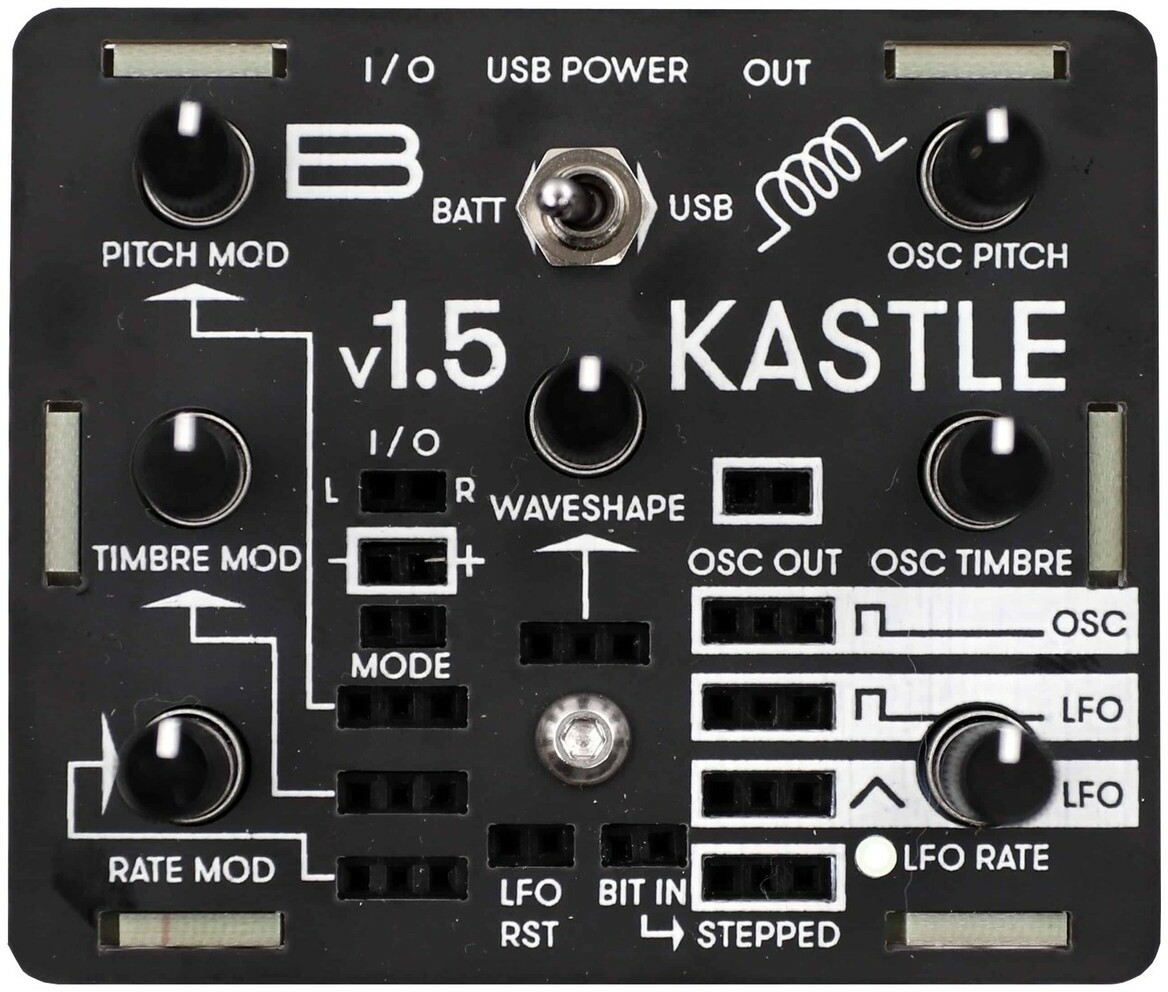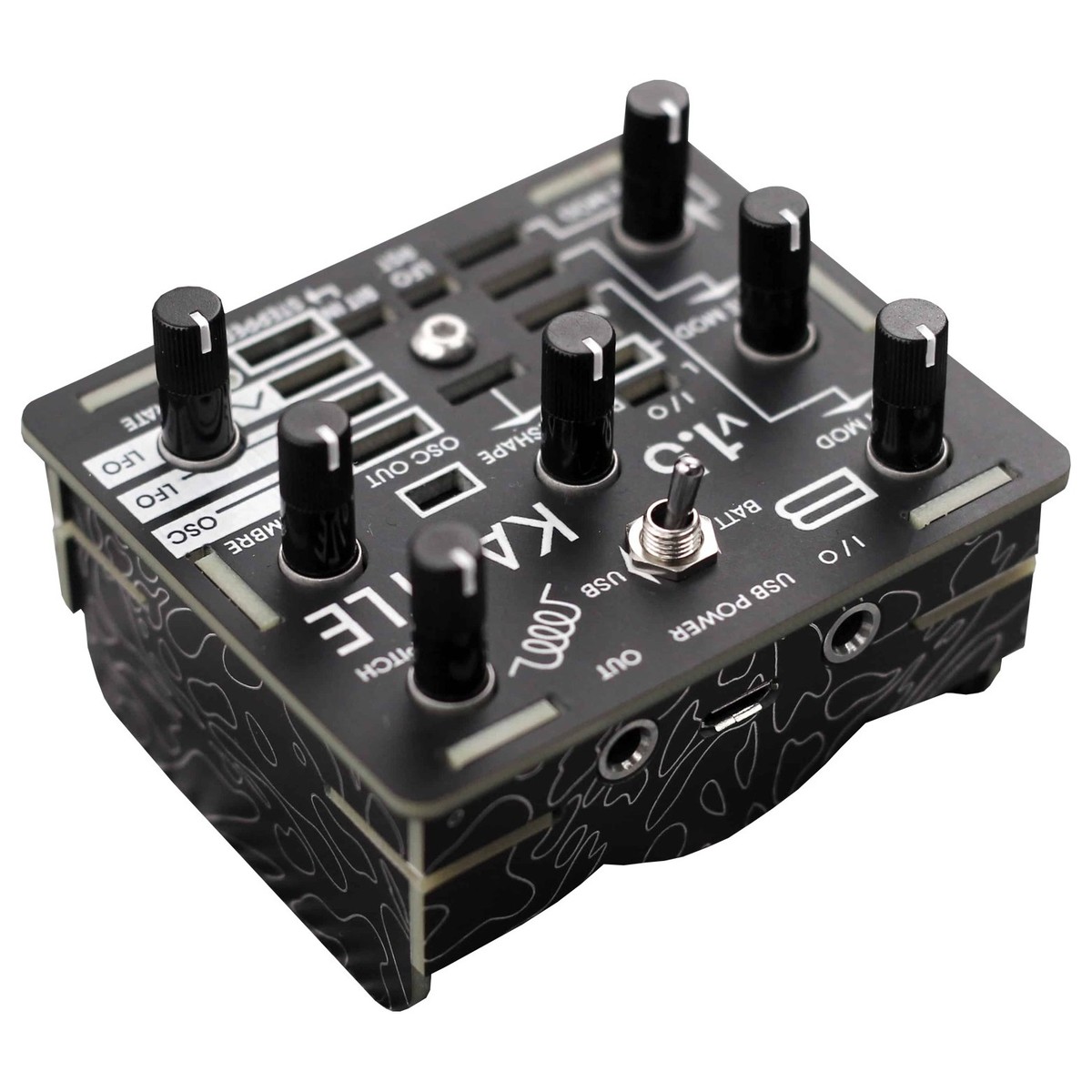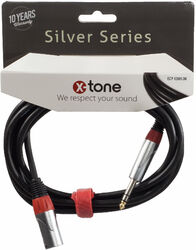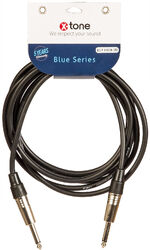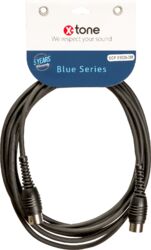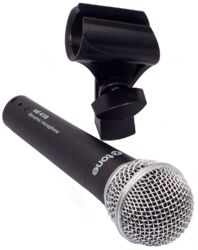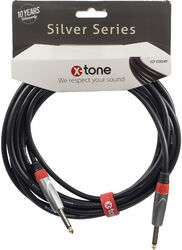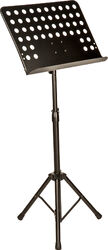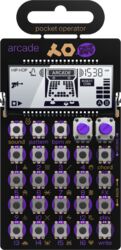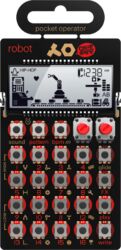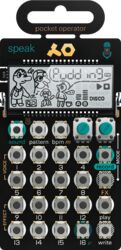Uw mand
Bastl intruments Kastle V1.5
- Lees recensies (2)
- Gerelateerde accessoires
- Vergelijkbare producten
VIDEO
VIDEO
Dit artikel is niet meer beschikbaar te koop.
Onbeschikbaar
neem contact op met ons
Voorraad in de winkel
Niet verkrijgbaar in de winkel
Het merk Bastl intruments
Leer meer over het merk Bastl intruments en ontdek de volledige catalogus.
Het grootste netwerk van winkels in Frankrijk
Vind alle informatie over onze superstores en onze gespecialiseerde boetieks.
Neem contact op met een deskundige
Onze muzikanten en enthousiaste teleconsulenten staan ??klaar om al je vragen te beantwoorden.
Expander
Kastle is a mini modular synthesizer with a headphone output, 2 in/out ports for interfacing other gear and it runs on just 3 AA batteries. It is DIY friendly and ideal for beginners in modular synthesis, but it will add some quite unique functionality to any modular synthesizer system. It delivers the fun of modular synthesis at a low cost and fits into your pocket so you can play it everywhere!
It has a unique digital lo-fi sound and it can be melodic as well as very noisy and drony, soft or harsh. It is designed to be fun on its own but it is most powerful when combined with other modular gear.
Kastle is an open source DIY project which runs on two Attiny 85 chips that can be reprogrammed with an Arduino (google: “programming Attiny 85 with Arduino”). One chip is dedicated to sound generation while the other one handles modulation. Several firmwares for the Attiny chips are available thru gitHub.
The v1.5 version combines a complex oscillator and LFO with stepped waveform generator.
The oscillator section has 3 sound parameters: PITCH, TIMBRE and WAVESHAPE – all under voltage control and with 6 different synthesis modes. It has a main output and a secondary waveform output. Both can be used independently or in combination. The 3 synthesis modes available thru the main output are: phase modulation, noise mode and track & hold modulation.There are 3 more modes on the secondary OSC output: phase distortion, tonal noise mode and formant synthesis. Each mode utilizes one or two oscillators. The PITCH parameter controls the main oscillator, the TIMBRE sets the PITCH of the modulating oscillator and the WAVESHAPE depends on the synthesis mode.
The voltage controllable LFO has a triangle and square output and a reset input. The stepped waveform generator is inspired by the Rungler circuit by Rob Hordijk. It can produce 8 different voltages either in random order or in 8 or 16 step looping patterns depending on how the BIT IN is patched.
It has a unique digital lo-fi sound and it can be melodic as well as very noisy and drony, soft or harsh. It is designed to be fun on its own but it is most powerful when combined with other modular gear.
Kastle is an open source DIY project which runs on two Attiny 85 chips that can be reprogrammed with an Arduino (google: “programming Attiny 85 with Arduino”). One chip is dedicated to sound generation while the other one handles modulation. Several firmwares for the Attiny chips are available thru gitHub.
The v1.5 version combines a complex oscillator and LFO with stepped waveform generator.
The oscillator section has 3 sound parameters: PITCH, TIMBRE and WAVESHAPE – all under voltage control and with 6 different synthesis modes. It has a main output and a secondary waveform output. Both can be used independently or in combination. The 3 synthesis modes available thru the main output are: phase modulation, noise mode and track & hold modulation.There are 3 more modes on the secondary OSC output: phase distortion, tonal noise mode and formant synthesis. Each mode utilizes one or two oscillators. The PITCH parameter controls the main oscillator, the TIMBRE sets the PITCH of the modulating oscillator and the WAVESHAPE depends on the synthesis mode.
The voltage controllable LFO has a triangle and square output and a reset input. The stepped waveform generator is inspired by the Rungler circuit by Rob Hordijk. It can produce 8 different voltages either in random order or in 8 or 16 step looping patterns depending on how the BIT IN is patched.
Lire la suite
Technische Specificities
- Soort expander Analoog
- complex oscillator
- 3 synthesis modes on the main output: phase modulation, noise mode, track & hold modulation
- 3 more modes on the secondary OSC output: phase distortion, tonal noise mode, formant synthesis
- PITCH control with offset and CV input with attenuator
- TIMBRE control with offset and CV input with attenuator
- WAVESHAPE control with offset and CV input
- voltage controllable LFO with triangle and square outputs and reset input
- stepped voltage generator with random, 8 step and 16 step loop mode
- 2 I/O CV ports that can be routed to any patch point
- the main output can drive headphones
- 3x AA battery operation or USB power selectable by a switch
- open source
- possibility of exchanging different LFO and OSC chips
- durable black & silver PCB enclosure
Meer specificaties
Minder specificaties

